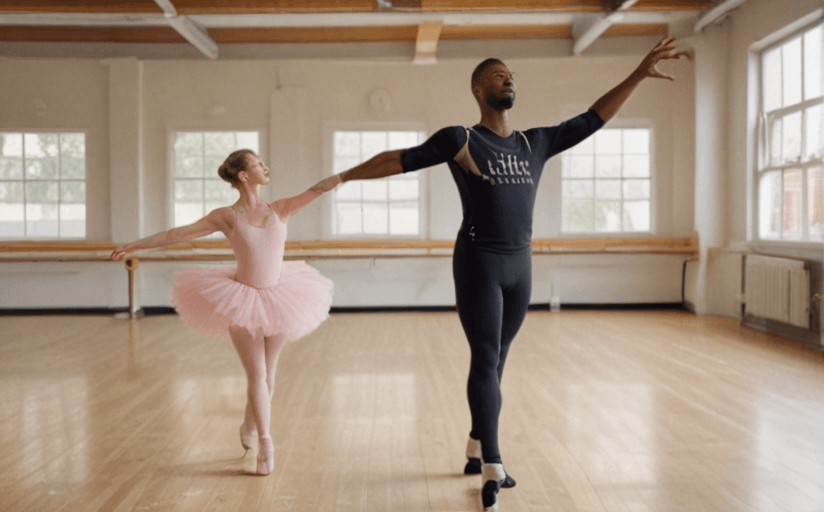The Unlikely Connection Between Ballet and Football
On the surface, ballet and professional football appear vastly different. Ballet is considered an elegant and sophisticated form of expression whereas football is a rugged and adrenaline-fueled sport. Despite their contrasting natures, these two seemingly distinct universes have a connection that has been explored by several professional athletes. Many football players have discovered ballet to be a powerful asset in their training arsenal and credit it for enhancing their on-field performance.
Incorporating Ballet into Training
While it may seem unconventional, many football players integrate ballet into their regular training regimen. The reason behind this is simple - ballet helps develop crucial skills that contribute to improved performance. Through ballet, football players can enhance their agility, coordination, balance and flexibility. It provides them with greater core strength and even aids in injury prevention, increasing their durability on the field.
Ballet and Football: A Proven Success
Professional players such as Steve McLendon of the New York Jets, Lynn Swann of the Pittsburgh Steelers, and Herschel Walker, former NFL player, attribute a considerable part of their success to their ballet training. They highlighted how ballet's emphasis on balance and core strength enhanced their agility and speed, improving their competitiveness on the pitch.
The Coaches' Perspective
Coaches, while initially skeptical, have come to see ballet as an unconventional but effective training tool. As ballet sharply improves agility, balance, and strength, crucial skills on the gridiron, it's increasingly seen as integral to a well-rounded training regime. It's not uncommon for coaches to complement conventional football training with ballet to ensure peak performance.
The Future of Ballet in Football Training
Despite the beneficial aspects of ballet, incorporating it into the rigorous training schedule of professional football players might appear daunting. However, an increasing appreciation for the advantages it offers will likely lead to more widespread acceptance in the future. As the benefits of ballet become more recognized, it could lead to a paradigm shift in how athletes prepare for their sporting careers in football.
Incorporating ballet into football practice is a game-changing strategy that challenges traditional training norms, emphasizing the importance of agility, balance, and strength. As we continue to see the success of this unlikely combination, we can expect more players and coaches to fuse these two worlds, further changing the future of football training.

















Comments
Leave a Comment